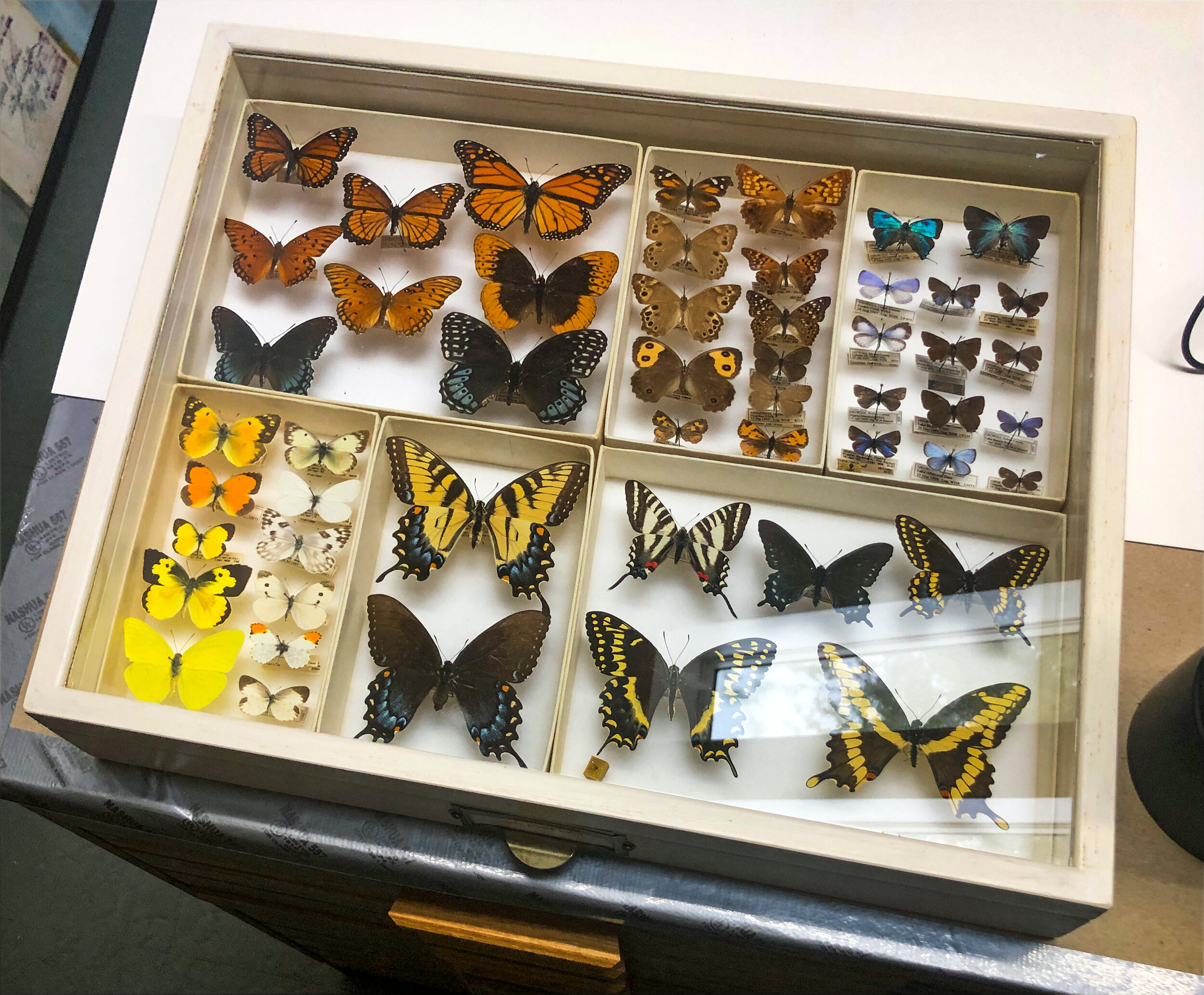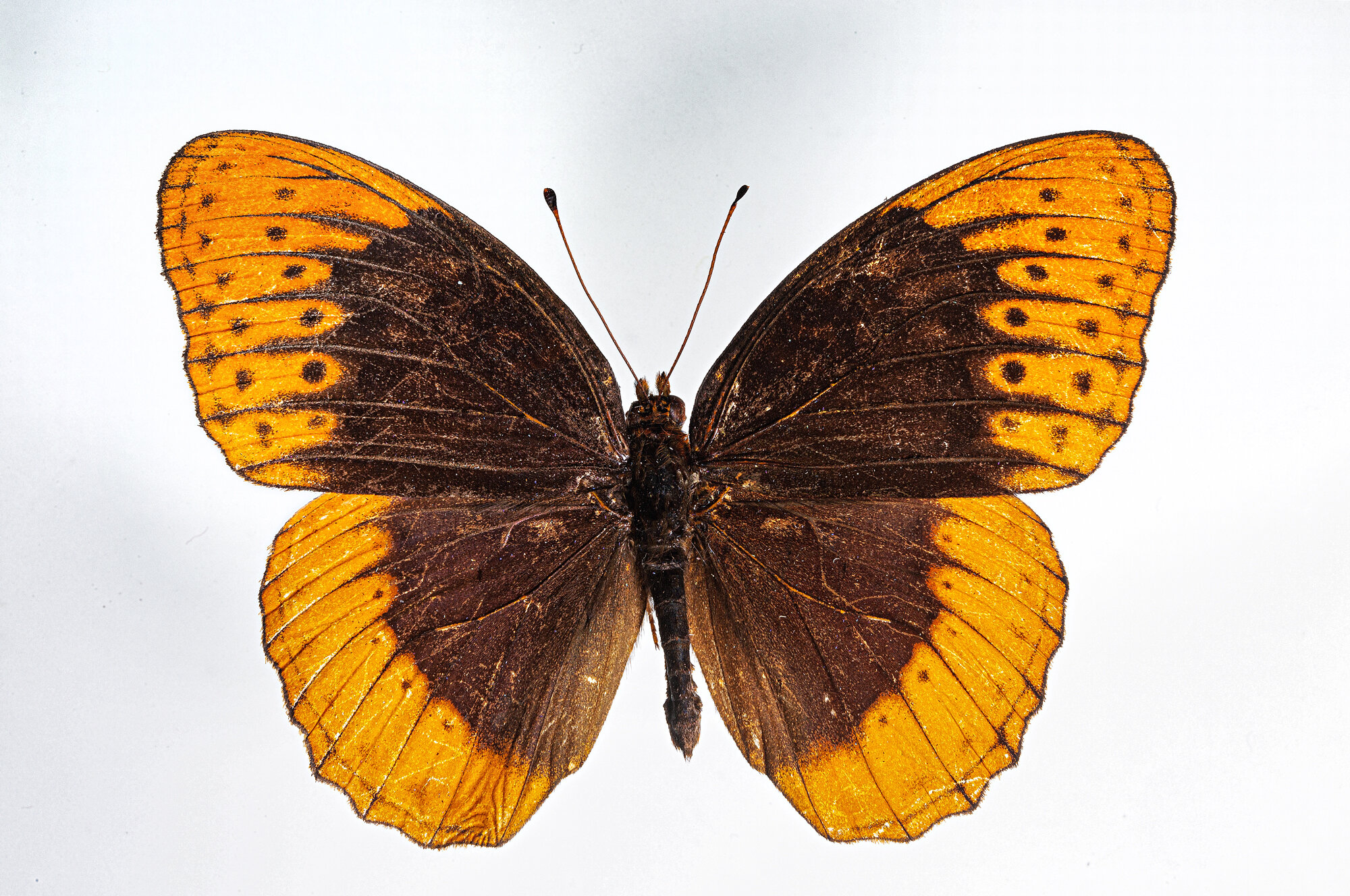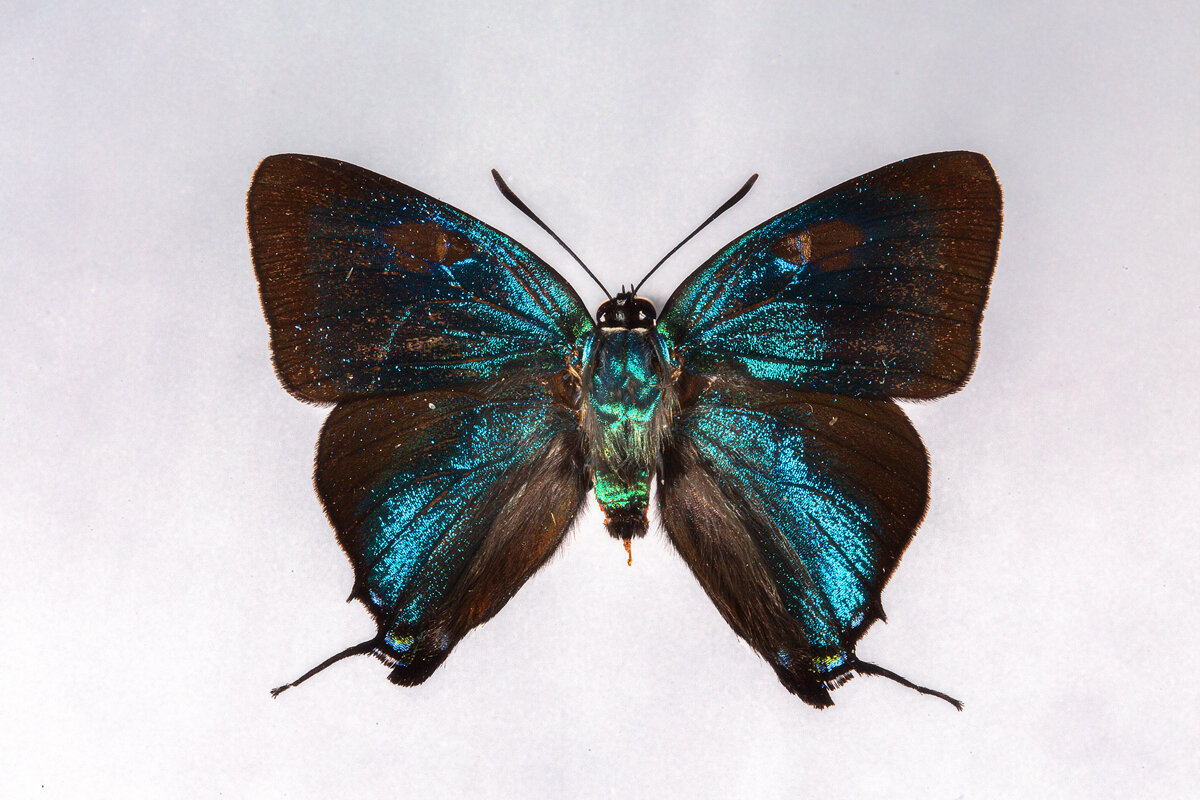The Ducks Are in a Row
Charles Allen Haynes
September 27, 2020
I’ve been preparing to photograph all lepidopteran arrivals, mounted specimens and field encounters. The effort is quite different for each approach. Photographing mounted specimens calls for extreme care not to damage the specimen or lose the documentation. The task of collecting the flyer then preparing it for display is a long and tedious one. Maneuvering that specimen to photograph it demands respect for the time given by the collector. Bill Russell loaned me a small collection to use as a test set. I have to admit I’ve been reluctant to unseat and use these carefully preserved specimens. But I did a couple to discover which lens to use, lighting setups that define the scale patterns, etc.

I have three lenses for the Canon 5D Mark III to use for this work; the Canon EF 100mm f/2.8L Macro IS USM, the EF 180mm f/3.5L Macro USM and the EF 100-400mm f/4.5-5.6L IS USM which is fantastic used as a macro at distance for field work. They all perform magnificently. The camera itself may have been superseded by later Canon models numerically but operationally I’m not so sure. I think it is on par with my Leicas. Happy situation.
I’m using 2 Photogenic flash units that are universally adjustable for output and position and a “rover” for added detail or highlights if the specimen calls for that. I also use a backlight to render a white background. Not so successful on these 2 but I’m learning.
The setup is computer driven for the mounted or quieted specimens in the studio. It’s early days and the setup looks a bit messy. As time goes by I will streamline the process and make the entire apparatus portable.

The other part of the organizational setup is the data recording. I designed 3 Filemaker Pro databases to carry all the pertinent information about each specimen and photograph. There is a “Download” after each photography session. The downloads are in the Canon format CR2, RAW images. Those images are perused in Adobe Bridge and selections for editing are made. The selections are imported into Adobe Photoshop, edited and saved as PSD files and as JPEGS in separate folders organized by session whether field or studio.
The editing in Photoshop is for color accuracy, detail and overall illumination. I also remove the “pin” from mounted specimens. The process is ongoing.

Diana, male, dorsal, Speyeria diana - Collection of William Russell

White M Hairstreak, dorsal, Parrhasius m-album - Collection of William Russell